CBS design start-up becomes part of research project
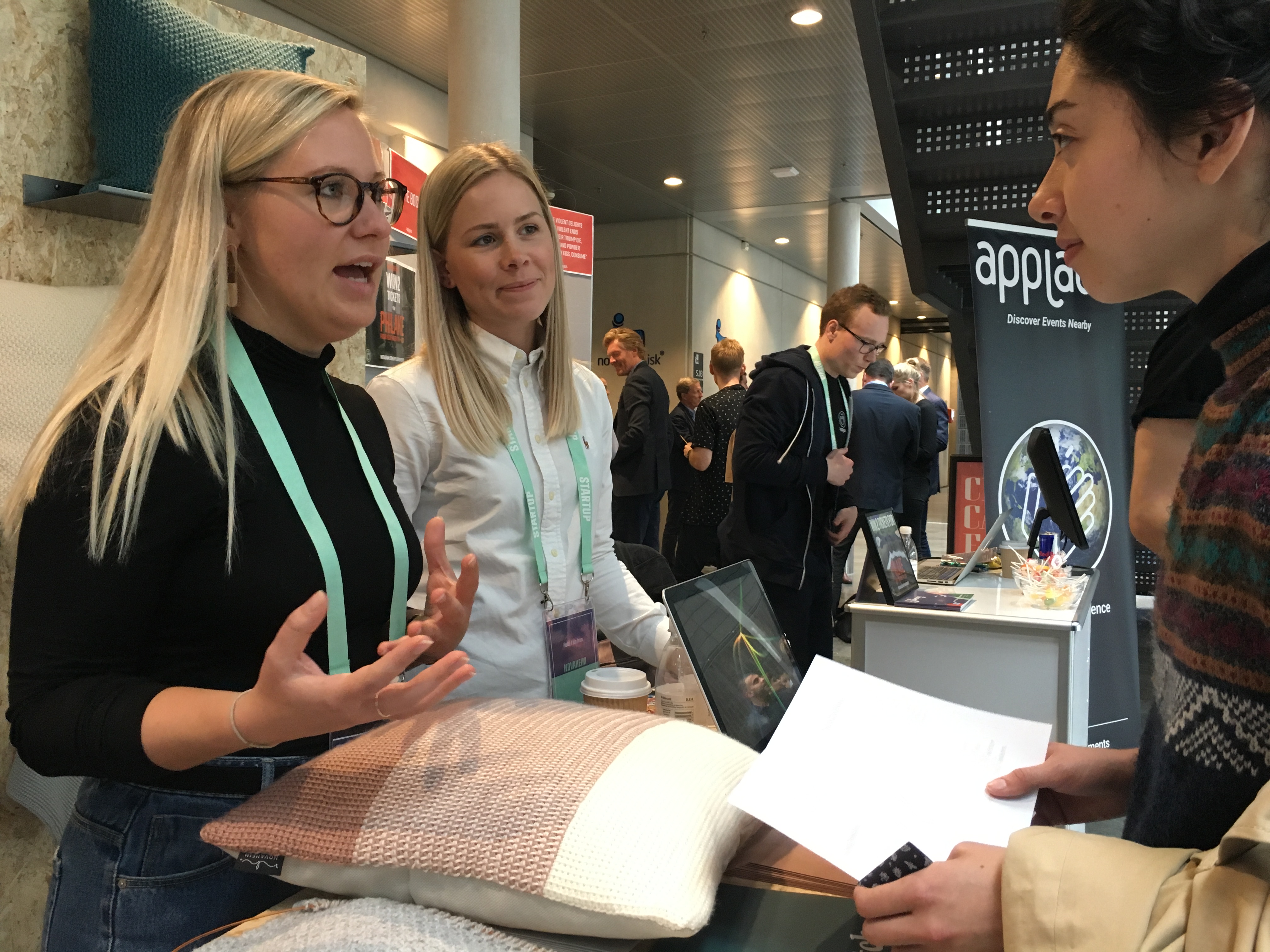
Emilie Bruun Poulsen and Marie-Louise Reade Lomholt were business talking with by passers about Novaheim at CBS Entrepreneurial Day 28th September. Now, they have signed up for a research project as well. (Photo: Anne M. Lykkegaard)
The social start-up from CBS, Novaheim, has become part of a research project at the University of Copenhagen that is aiming to empower female asylum seekers through design. An Associate Professor on the project is “delighted” about having Novaheim onboard, and describes it as “an enormous coincidence.”
The founders of Novaheim, Marie-Louise Reade Lomholt and Emilie Bruun Poulsen, who are both students from CBS, are keeping busy these days. Not only are they running a creative workshop at Avnstrup Asylcenter with 11 female asylum seekers, they have also just become part of a research project.
“We got a hint from another start-up at CSE about a research project called THREAD at the Centre for Textile Research within the University of Copenhagen. THREAD works with exactly what we do and practice: trying to kickstart the integration process among refugee women through Danish design. So, of course, we wanted to be a part of it,” says Emilie Bruun Poulsen co-founder of Novaheim.
The research project is a collaboration between different partners within business, design, education, research, and refugee support agencies which are all focusing on finding a new model for integration. Novaheim was exactly the kind of collaborators the researchers were looking for.
“It’s just an enormous coincidence that Novaheim works with the same concepts and ideas as we do. I’m delighted that they contacted us and want to collaborate with us,” says Jane Anne Malcolm-Davies, Associate Professor at the Centre for Textile Research, University of Copenhagen and part of the THREAD-project.
Research and business go hand in hand
The THREAD project runs from February 2017 to July 2019. During that time, the researchers want to develop a successful model of integration through textile craft and entrepreneurship.
“The grant from Innovationsfonden has made it possible for us to start a project that can further develop the integration of female refugees through textile craft. We know that textile crafts and activities can have a highly therapeutic effect on people going through a difficult time, and we know that employment is key to successful integration. We have tried to combine those two elements,” says Jane Anne Malcolm-Davies.
In short, Jane Anne Malcom-Davies and her colleagues have developed textile craft activities that are mainly for female refugees. But not only are they taught about different textile crafts, they are also told about the possibilities they have regarding work in Denmark. And this is where the companies come into the picture.
In order to make the THREAD project work, the researchers need to partner with companies that can offer contacts for trefugees, internships, and facilitate the talks and activities. This is something with which Novaheim can help out.
”This collaboration is extremely relevant, as we believe that the women become more connected with Danish work-culture by being in the right context: at a work place. And that is exactly what Marie-Louise and I can offer. Our area of expertise lies not in the craft, but this is the expertise the competent researchers have, who can help us facilitate the workshops and contribute valuable research,” says Emilie Bruun Poulsen.
The big aim
The aim of the three-year-long project is to have had about a hundred refugees taking part in the activities. Foremost, the researchers want the refugees to feel empowered and confident after the activities, and hopefully some will want to start their own business or at least have an easier time finding a job.
“We don’t expect them to find a job in the textile industry afterwards, but we want to show them different opportunities,” says Jane Anne Malcolm-Davies and adds:
“The big outcome of this is that we want to propose a model of integration for refugees. We happen to be using textile, but it could be different themes, such as sport, health, or food. We just want a model that can be applied where ever it would be needed,” says Jane Anne Malcolm-Davies.
Marie-Louise Reade Lomholt adds:
“By coming together, we can merge networks and competencies and we believe that our effort will have an even greater effect this way. Maybe we can even contribute to the development of a new integration model. That’s crazy.”



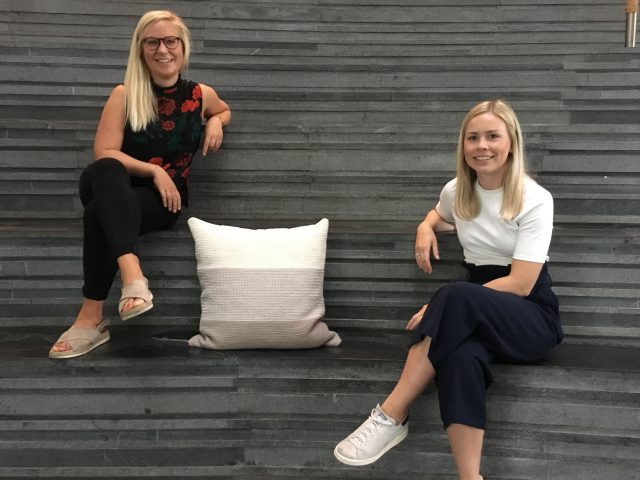
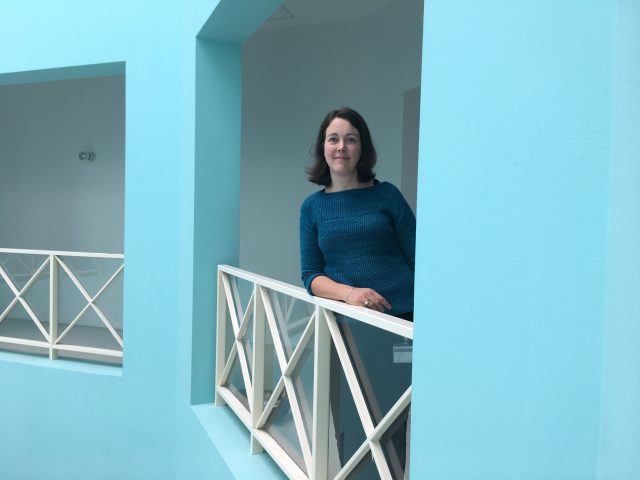
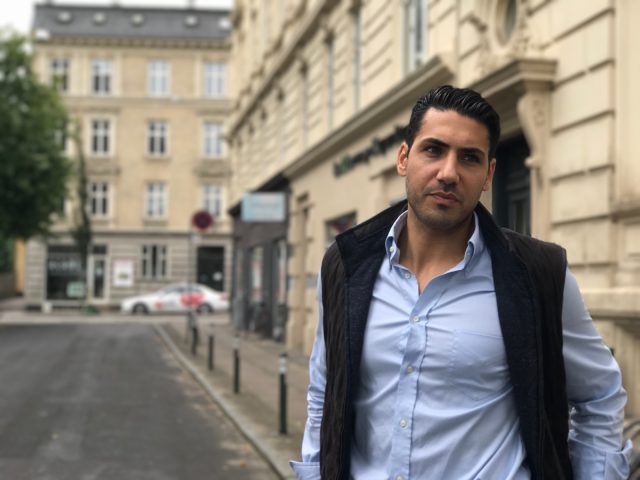
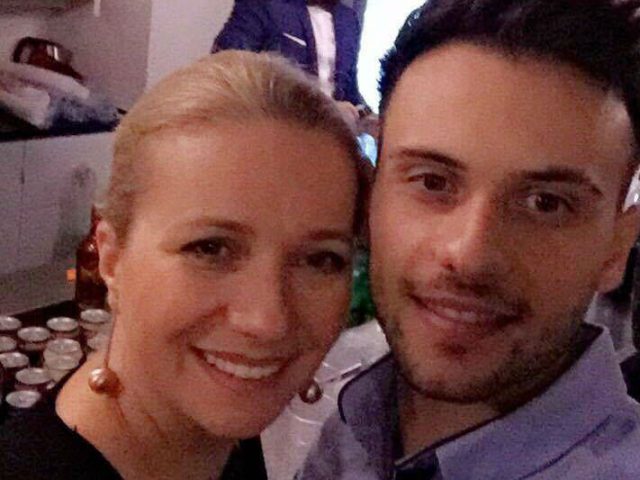





























































































































Comments